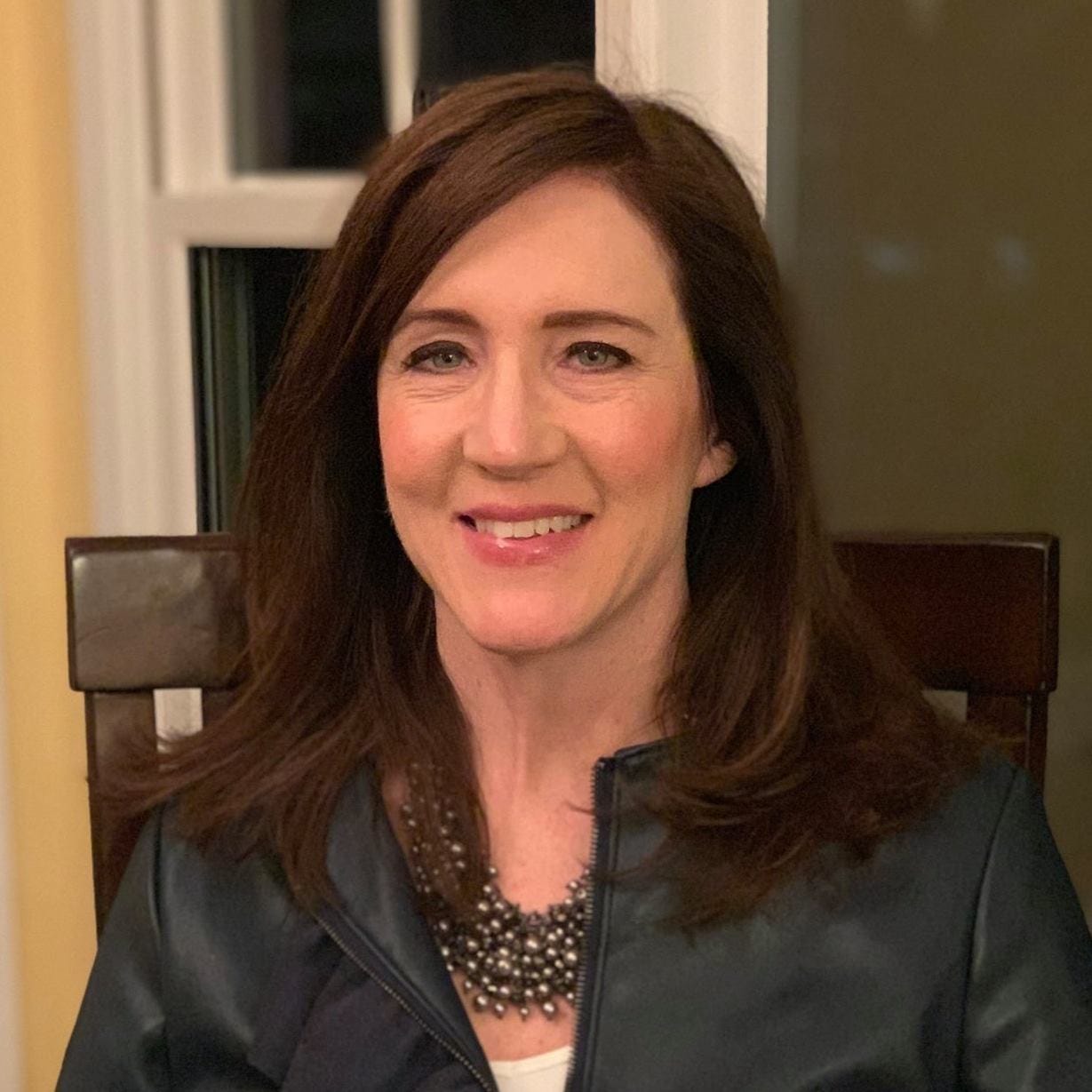Oxford district vows to strengthen emergency response plan after Guidepost report
 Jennifer Chambers
Jennifer ChambersA vow to update, strengthen and refine its emergency operations plan annually is among a list of promises made by Oxford Community Schools in its first published response to an independent investigation into the 2021 deadly attack at its high school.
The Michigan school district has also pledged to continue to "review and improve" its threat assessment policies, practices and protocols, according to a 56-page document it released late Tuesday.
The document is the district's official response to an independent investigation by Guidepost Solutions into the Nov. 30, 2021, mass shooting that killed four students and injured seven others.

Guidepost released its report on Oct. 30. The shooter was sentenced to life in prison Friday.
Threat assessment training, policies, teams or guidelines are all used by school districts to identify concerning behaviors and address them before they lead to violence. Threat assessment policies, which guide school staff on how to put threat assessments into action, did not exist at Oxford High School before the attack, the independent investigation by Guidepost found.
Missteps and failures by Oxford's former superintendent and two former members of his administration snowballed to allow the shooter to slip through the school's threat assessment and suicide intervention systems and carry out the school shooting, according to Guidepost.
The district's response to the Guidepost report "summarizes" what actions the district has already taken, school official said, which are part of its recovery plan.
"The Board, leadership, and other personnel of Oxford Community Schools informed the public that it would take certain actions based on their observations," an introduction in the report said. "Those actions have been incorporated into the District Recovery Plan, which is ongoing and reviewed several times during the school year."
"The District’s ultimate goal has been to do everything possible to learn from the tragedy," the statement said. "District personnel and Board members remain committed to creating a safe, more secure, and supportive learning environment for our students and staff."
The Guidespost report blamed the district's school board in its assessment saying: "The absence of threat assessment guidelines is a significant failure, the responsibility for which sits with the superintendent, the assistant superintendents, and the Board."
In the area of board oversite, the district said in its response that the board policy committee will work with the new superintendent during the 2024-25 school year on a plan to manage and monitor the implementation of board policies.
"Beyond next school year the Board will ensure new board members are oriented to their role inpolicy development and management, through training from the Michigan Association ofSchool Boards as well as sitting Oxford School Board members," the report says.
The outside investigation blamed a range of Oxford Community Schools administrators for failing to properly make plans to handle threats to its schools and carry out district policies intended to avoid tragedies.
Before the attack, an Oxford High teacher saw the shooter looking at handgun ammunition on his cellphone and reported him to other school officials. He was told it was an improper classroom activity.
High school staff took the shooter's backpack while they questioned him before the morning of the attack, but did not search it. He was released back into class, where he later entered a bathroom, emerged with a hand gun and carried out the shooting.
Guidepost Solutions, which the district reluctantly hired in May 2022 after intense public pressure, found that people at every level of the district failed to provide a safe and secure environment for students that ultimately led to the mass shooting.
Investigators found former Superintendent Tim Throne, Assistant Superintendent Jill LeMond, Assistant Superintendent Denise Sweat, Counselor Shawn Hopkins, Dean of Students Nicholas Ejak, Oxford High School Principal Steve Wolf and the Oxford school board had the most blame in failing to be proactive in handling the shooter before the mass shooting unfolded.
The district wrote in its response that a student cannot be searched absent reasonable suspicion under the Fourth Amendment, but that it has already changed its policy to ensure that checking for lethal weapons is part of the district's threat assessment screener and is also a required part of the full suicide-risk assessment.
"This may include the SRO checking for registered weapons with both the parents/caregivers and questioning the student about access to lethal weapons. Within the full threat assessment, there are multiple required components where the team has to answer whether the student has access to lethal weapons," the document said.
In October, superintendent Vickie Markavitch told The News that two years after the attack, school buildings have been fortified with artificial intelligence technology, fail-safe procedures have been added to threat assessments and staff has been trained in preventative approaches to quell student behavior before it could turn deadly.
Widespread changes, some made in recent months since an independent assessment of school security was released in May, have put Oxford Community Schools ahead of any other Michigan school district in terms of prevention, Markavitch said.
Four students — Hana St. Juliana, 14; Madisyn Baldwin, 17; Tate Myre, 16; and Justin Shilling, 17 — were killed and seven others, including a teacher, were injured in the mass shooting.
jchambers@detroitnews.com